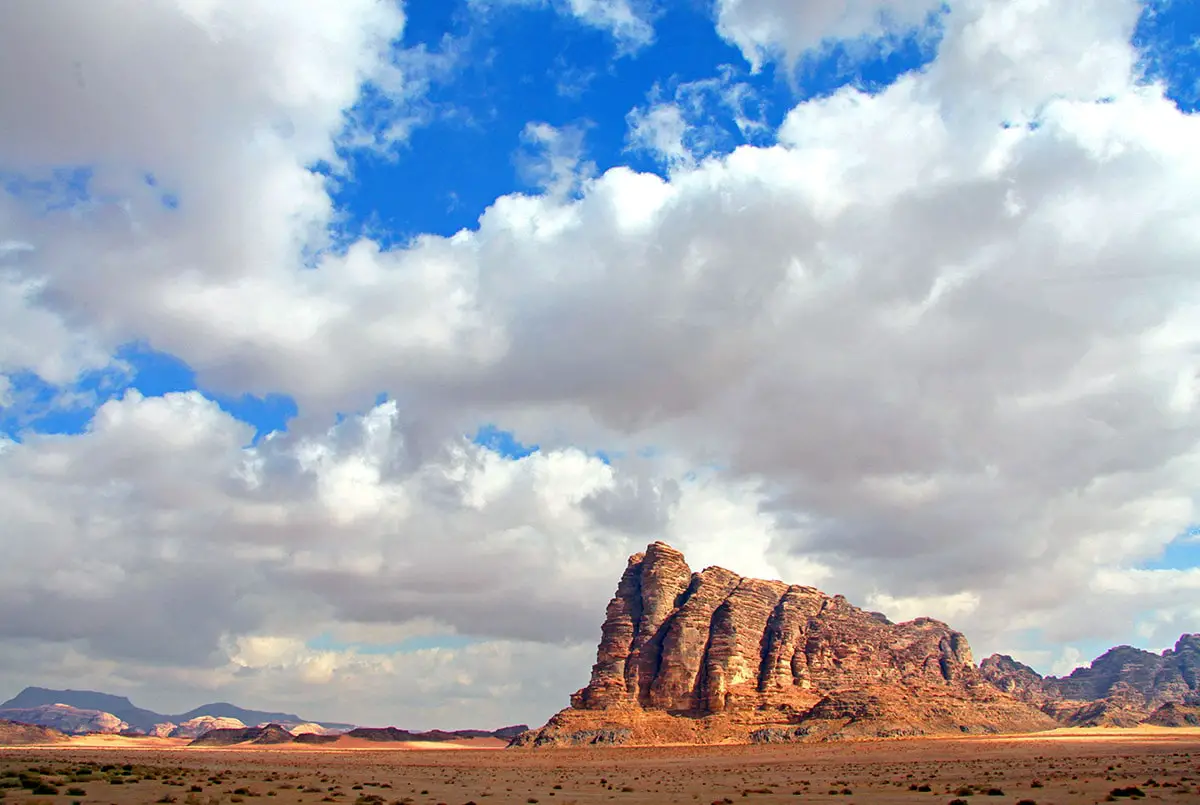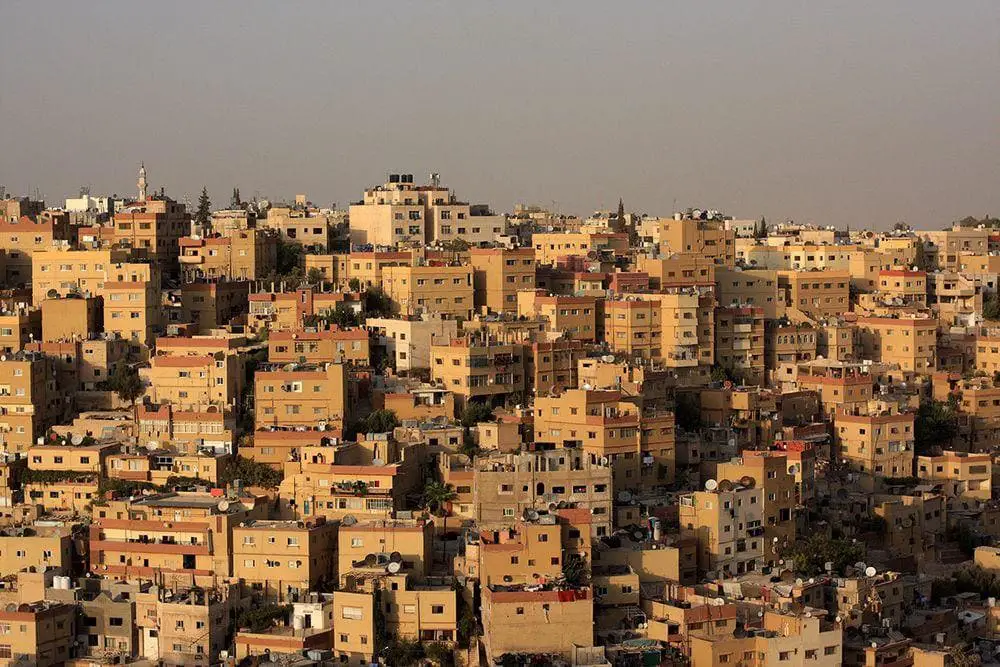Wondermondo 🢖 World 🢖 Wonders of Asia 🢖 Wonders of Jordan
Territory
Wonders of Jordan
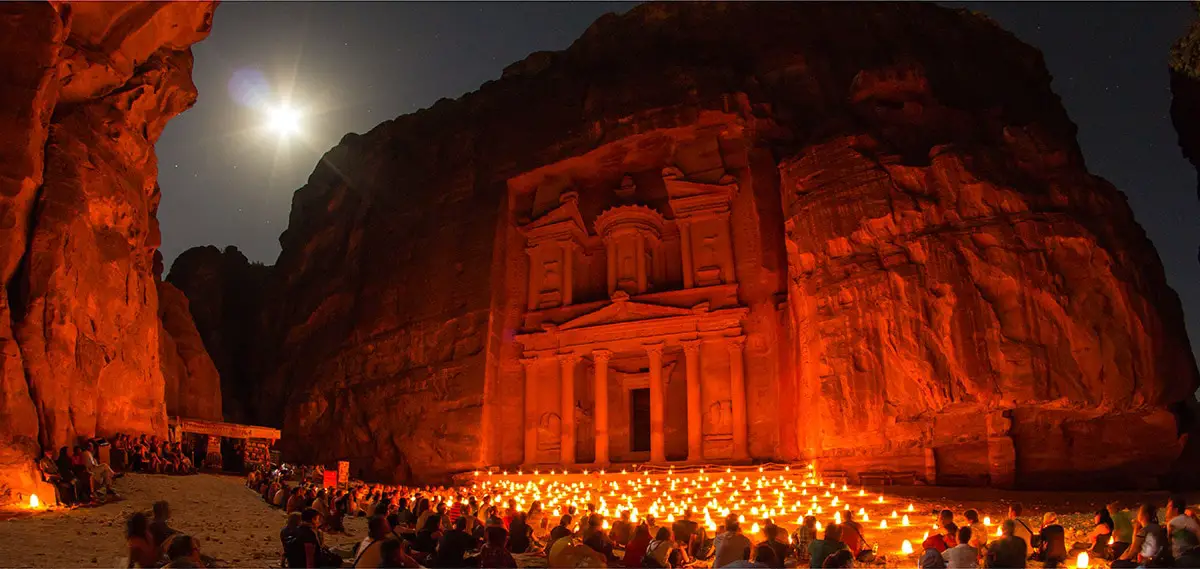
 Highlights
Highlights
The history of civilization in Jordan goes further back in time than in most other places of the world. As a result this country has very rich archaeological heritage which puts in shadow the beautiful monuments of architecture and breathtaking natural scenery of this country. The most amazing wonders of Jordan are:
- Petra. In Jordan are remnants of many ancient cities but one stands out – Petra, the ancient capital city of Nabateans. No other city in the world is similar to this gorgeous rock-cut city hidden in the labyrinth of canyons and gorges.
- Prehistoric settlements. Jordan is in the Fertile Crescent – the area where the civilization was born. Here are found some of the oldest towns in the world, such as Beidha (the 7th millenium BC) or ‘Ain Ghazal with its unusual burial traditions and weird sculptures.
- Prehistoric and ancient shrines. Jordan during the last millenia has stood at the crossroads of different cultures, each with its own religious traditions. Some shrines here exist for many millenia and have served for different religions.
Map with the described wonders
If you see this after your page is loaded completely, leafletJS files are missing.
 Top 25 wonders of Jordan
Top 25 wonders of Jordan
Geological wonders
Seven Pillars of Wisdom
Aqaba
An impressive, unusual mountain rising from the desert.
Archaeological wonders
Petra
Ma’an
The ancient capital city of Nabateans was established around the 6th century BC at the site of an ancient sanctuary. Contains some of the most beautiful and intricate rock-cut architecture in the world, available after walking through a 1.2 km long, narrow gorge.
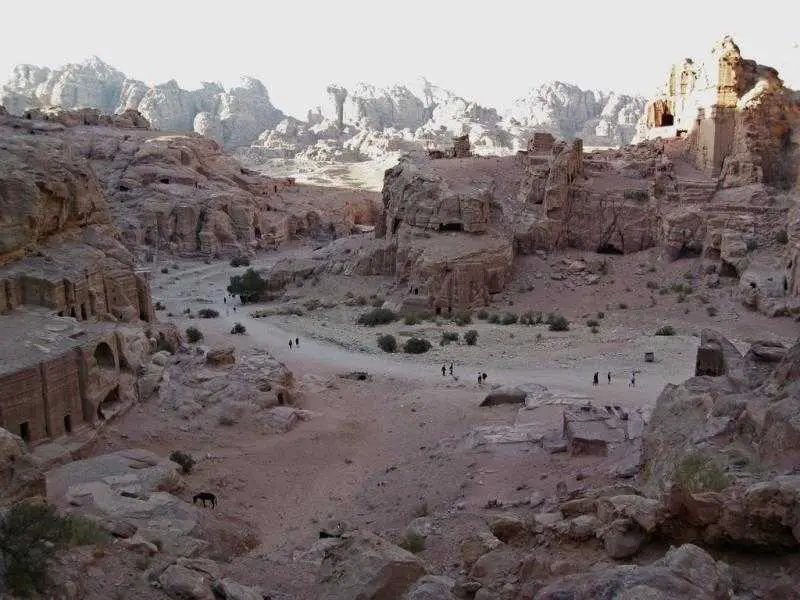
Al Khazneh
Ma’an
The most recognizable structure in Petra – a beautiful temple that is cut into the live rock. Built in the 1st century AD.
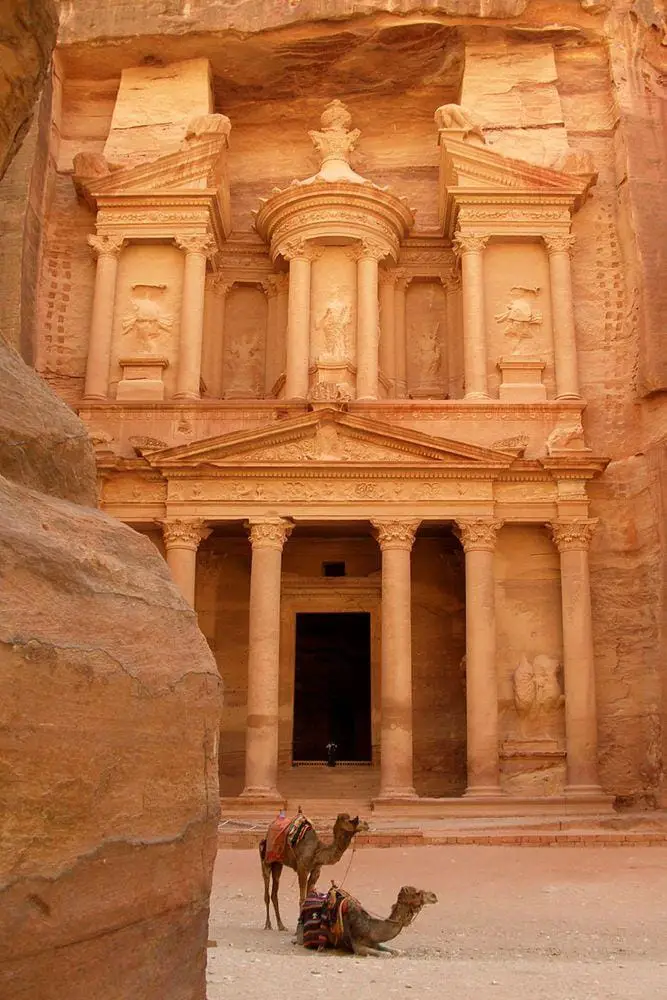
Amman Citadel (Jabal al-Qal’a)
Amman
Hill – the historical center of Amman, continuously inhabited since the Neolithic. Surrounded by fortification walls. The most impressive remaining structures are the ruins of the Temple of Hercules (the 2nd century AD) and Umayyad Palace (7 – 8 century AD).
Abila
Irbid
Remnants of a very old settlement, inhabited since 8000 BC. Most of the remaining structures were built in Roman, Byzantine, and early Islamic times. Abandoned in 746 AD. Very impressive are the columns of an early Christian church from the 6th century AD.
Pella
Irbid
Ruins of an ancient town. Pella has been inhabited since the Neolithic times (city walls from 3 400 BC), first mentioned in the 19th century BC. Flourished in Greek and Roman times, the early refuge of Christians who fled from Jerusalem in the 1st century AD and hid in the caves there. Some of the world’s oldest churches are here.
Machaerus
Madaba
Huge hilltop fortification, a site of historical importance. This fortification was built at the Dead Sea around 90 BC. Here was beheaded John the Baptist by Herod.
Roman theater in Amman
Amman
Enormous, comparatively well-preserved theater that was built by Romans sometime around 138 – 161 AD. Here could be seated up to 6,000 people.
Beidha
Ma’an
One of the oldest known settlements in the world. First occupied by the people of Natufian culture in the 11th millennium BC, but in the 7th millennium BC, it was a fortified settlement, enclosed with a wall and with circular buildings inside. Houses had subterranean floors. Sometimes around 6650 BC destroyed by fire and rebuilt with rectangular buildings. Abandoned around 6500 BC.
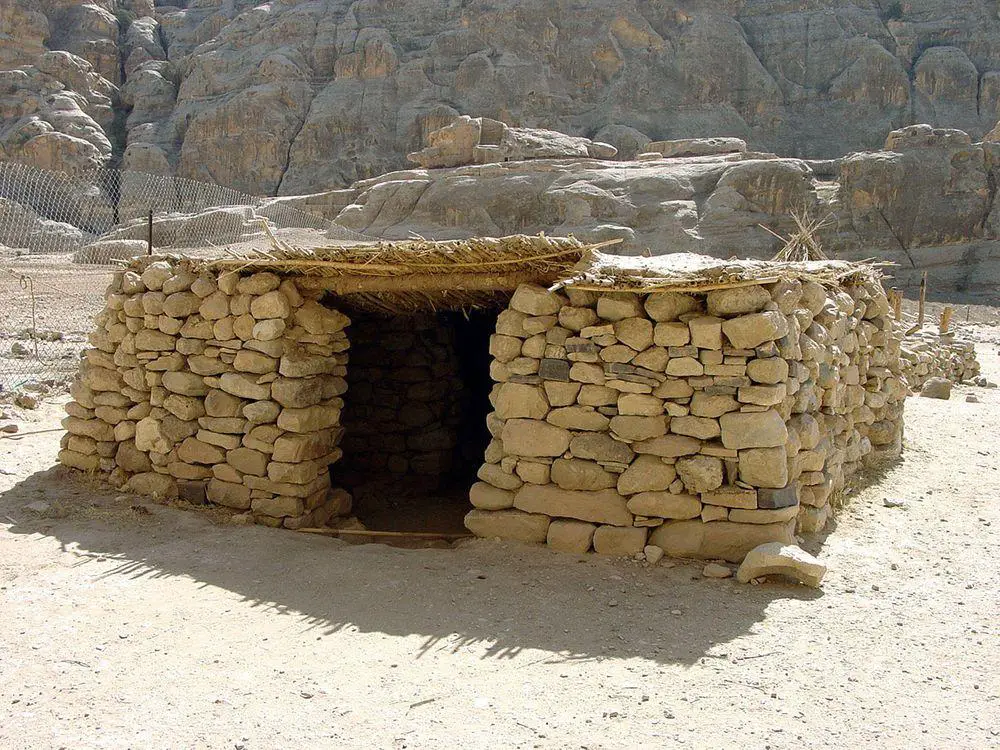
Gadara (Antiochia)
Irbid
Ancient Greek and Roman city (the 3rd century BC – 747 AD) with the 3 km long city walls still visible. In the town are ruins of aqueducts (Aqueduct of Gadara), temples, a basilica, and a colonnaded street.
Sanctuary of Agios Lot
Karak
Remnants of a Christian monastery and basilica that was built in the 5th – 7th century in the front of a cave. Cave has served as a shrine long before the church, in the Bronze Age, since 3000 BC.
Gerasa (Jerash)
Jerash
Comparatively well preserved ruins of ancient Greek-Roman city. Settlement here existed already in the Bronze Age, but a larger city was founded by Alexander the Great or one of his generals in 331 BC. This once important city declined since 614 AD. Remnants include a beautiful, oval Forum, well-preserved city walls, and many other structures.
Umm ar-Rasas
Amman
Ruins of an ancient town with remnants of Roman, Byzantine, and early Islamic structures. Especially valuable is the enormous, well-preserved mosaic floor in the Church of St.Stephen. This mosaic was created in 785 and overlays an older one that was made in 587. The ruins of the ancient town contain remnants of fifteen more churches and a military camp.
Temple of Artemis in Jerash
Jerash
Ruins of a large temple that was built in 150 AD. 11 columns of the temple are still standing.
Iraq ed-Dubb (Cave of the Bear)
Ajloun
Remains of the Neolithic settlement at the base of the cliff. Sometimes around 10 000 BC here was started cultivation of the first cereals. There is a cave with remnants of adobe architecture.
Damiyah dolmen field (Tell Dāmiyah)
Balqa
A large group of megaliths – some 60 dolmens as well as stone circles, and rock-cut tombs. At least one dolmen has an impressive opening – window – in its stone wall.
Arch of Hadrian in Jerash
Jerash
Well-preserved arch outside the city walls of Jerash. The arch was built in 129 – 130 AD in order to honor the Roman emperor Hadrian. Now the arch is 11 m tall, it’s architecture shows local, Nabatean influences.
Khaz’ali Canyon (Jebel Khazali)
Aqaba
Numerous petroglyphs in caves and recesses of the canyon in the Wadi Rum region. Here are found inscriptions in the Thamudic language (the 2nd – 4th century AD), depictions of humans, and antelopes.

Architecture wonders
Saint George church in Madaba
Madaba
A Byzantine church was first built here in the 6th century. On its floor is a fine mosaic – a map of the Middle East, the oldest cartographic depiction of this part of the world. The map is detailed and shows the buildings in nearby Jerusalem in the time period between 542 and 570 AD. Originally this mosaic was 21 by 7 m large, with more than two million parts.
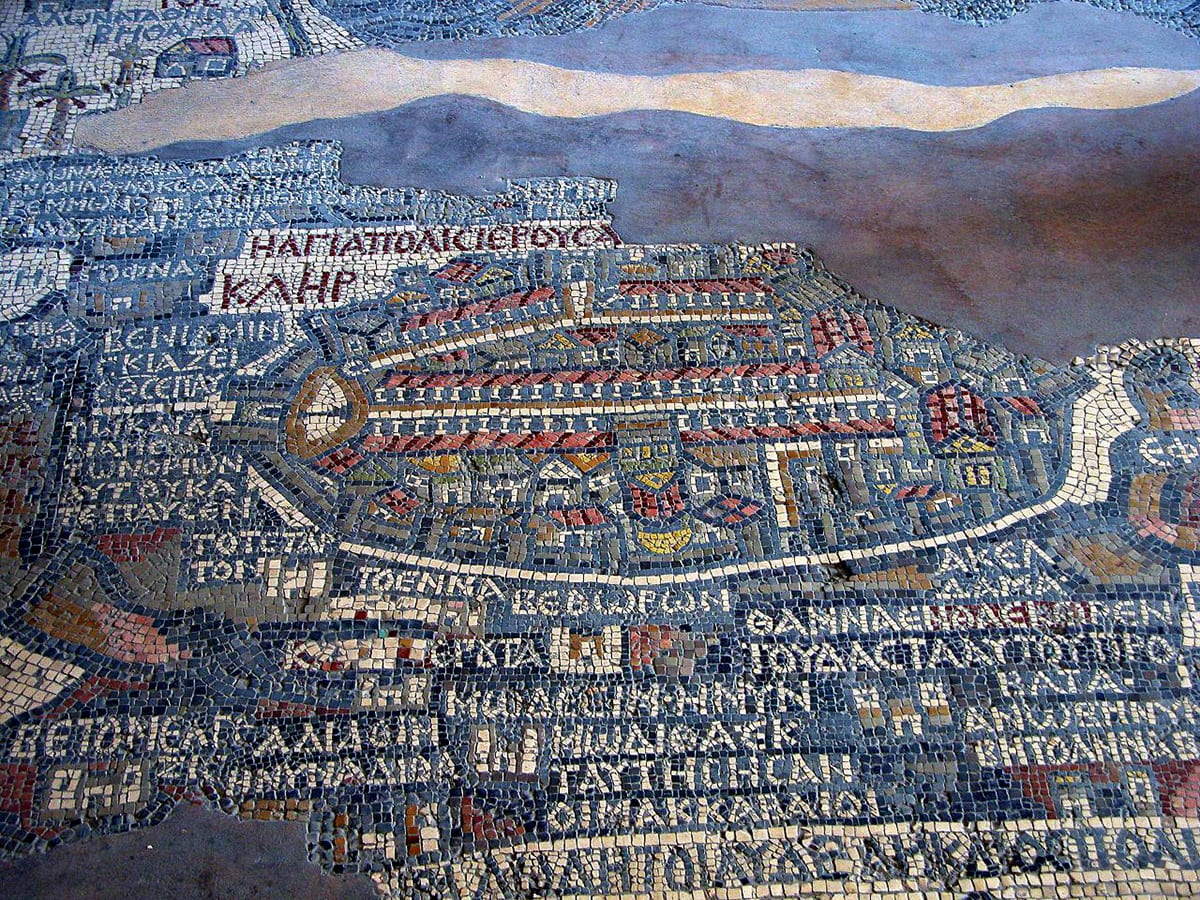
Salt
Balqa
Beautiful, well-preserved historical town. Although Salt flourished in the 19th and early 20th centuries, the history of the town goes back to the times of Alexander the Great around 300 BC.
Kerak Castle
Karak
Giant castle, built by Crusaders in the 1140ies.
Qasr Azraq
Zarqa
Enormous desert castle. Roman fort existed here millennia ago, but the current castle was built by Ayyubids in the 13th century. An unusual feature is the stone doors with 1-ton heavy stone plates. These stone plates move easily if oiled with palm oil.
Rihab Church of St. George and its underground “church”
Mafraq
Rihab Church of St. George was built around 530 AD and is in ruins now. Some researchers consider this to be the oldest church in the world, from 33 – 70 AD.
Qasr Amra (Quseir Amra)
Region
Description
Ajlun Castle
Ajloun
A large and impressive castle, built in 1184 – 1185 by Ayyubids to defend their land from Christians.
 Recommended books
Recommended books
Lonely Planet Jordan 11 (Travel Guide)
Lonely Planet’s Jordan is your passport to the most relevant, up-to-date advice on what to see and skip, and what hidden discoveries await you. Dive the Red Sea, wonder at the spectacular ancient city of Petra, and ride through Wadi Rum at sunset; all with your trusted travel companion. Get to the heart of Jordan and begin your journey now!
Insight Guides Jordan
Insight Guides: all you need to inspire every step of your journey. An in-depth book, now with free app and eBook. Jordan combines the best qualities of the region – legendary hospitality, breathtaking landscapes – with unique attractions of its own, from unspoilt Red Sea reefs to stunning monuments of ancient civilisations. Be inspired to visit this beautiful country with our updated edition of IG Jordan.

